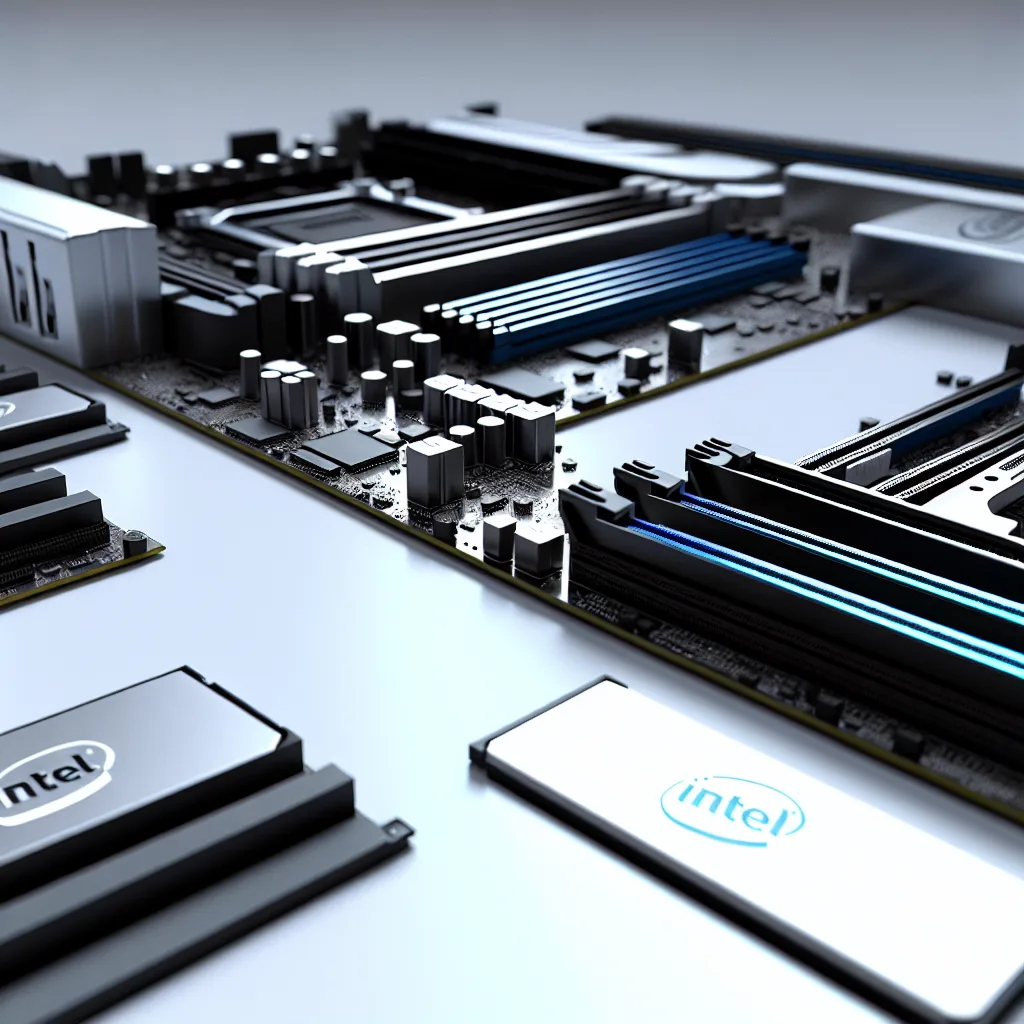A friendly guide to planning your NVR or Steam Cache server with Intel drives on X299 platforms
If you’re diving into the world of building a small server — maybe an NVR (Network Video Recorder) or a Steam Cache server — you might be wondering about the compatibility of Intel’s P4510 drives with VROC on an X299 platform. I recently explored this myself when planning a setup around the Core i9-10900X and an X299 Taichi CLX motherboard. The topic of VROC support Intel P4510 drives can be a bit confusing, so let me break down what I found, what worked, and what you might expect if you go down the same path.
Why VROC Support Intel P4510 Drives Matters
The Volatile RAID on CPU (VROC) technology from Intel is designed to give users RAID capabilities directly through the CPU, which can be a neat way to manage multiple NVMe drives. But not all platforms and drives play nicely together. In my case, I was particularly interested in putting together a RAID 0 array for speed without relying on Windows-based RAID solutions.
But the big question: Does the X299 platform officially support Intel P4510 U.2 drives with VROC? I found the information surprisingly sketchy. The motherboard manual for the X299 Taichi CLX mentions support for “Intel-based drives” but doesn’t specify models. Meanwhile, Intel forums often point to limitations with X299 CPU RAID support, notably favoring Optane drives or specific NVMe types.
My Planned Setup
Here’s what I had in mind:
– CPU: Intel Core i9-10900X
– Motherboard: X299 Taichi CLX (one of the few that supports bifurcation & VROC)
– Drives: Four 1TB Intel P4510 U.2 NVMe drives
– VROC Key: Standard edition
From previous experience with a Xeon Platinum system and VROC, I knew software support was solid. I had successfully made RAID 0 arrays with Samsung NVMe drives. But the X299 chipsets felt a bit more limited in functionality for these setups.
Key Takeaways from My Research
- Partial compatibility: The X299 platform’s VROC support is primarily tested and optimized for Optane drives. While the motherboard claims support for Intel drives, the P4510 isn’t officially listed in most VROC compatibility notes.
- No boot support: If you intend to boot your OS from this RAID array, it might not work reliably. VROC for X299 often restricts booting to specific drives.
- Bypass Windows RAID: VROC does let you create RAID arrays independent of Windows, but the limitation to Optane on X299 means you may not get the full benefit with P4510 drives.
Practical Advice
If you’re committed to using Intel P4510 drives with VROC on the X299 platform, be prepared for some trial and error. My recommendation:
– Check your motherboard’s latest firmware and BIOS updates—they sometimes expand compatibility.
– Consider using the drives in a non-RAID configuration or investigate software RAID alternatives.
– For a RAID setup with VROC on X299, Optane drives remain the safest choice based on current Intel documentation.
Helpful Resources
For those wanting a deeper dive, here are some official and community-driven references:
- Intel VROC Official Page — great for understanding supported hardware.
- ASRock X299 Taichi CLX Motherboard Specs — check out supported features and BIOS releases.
- Intel Community Forums — a helpful place to see real-world user experiences.
Final Thoughts
Planning a system with good storage performance is always a balancing act between hardware capabilities and software support. When it comes to VROC support Intel P4510 configurations on X299 motherboards, the official support is limited mainly to Optane drives. That doesn’t mean it can’t work — just that it might need tweaking and isn’t guaranteed.
If you’re comfortable tinkering and testing, this setup can still offer solid performance benefits. Otherwise, sticking closer to Intel’s documented combinations might save you some headaches down the road.
I hope sharing these insights gives you a clearer picture before you buy your drives or start building. Storage setups can feel like a puzzle, but a bit of research and patience goes a long way!
